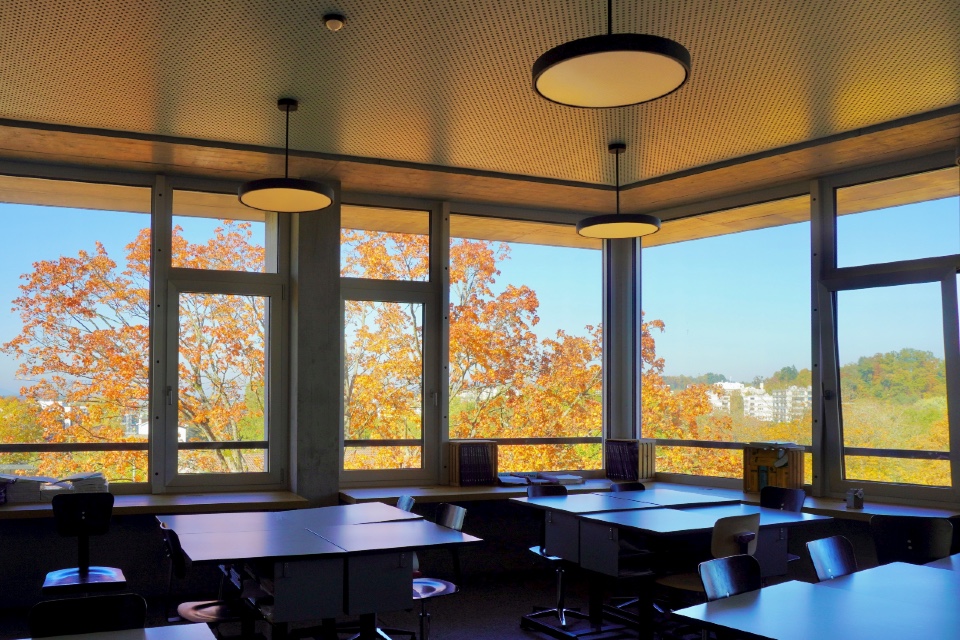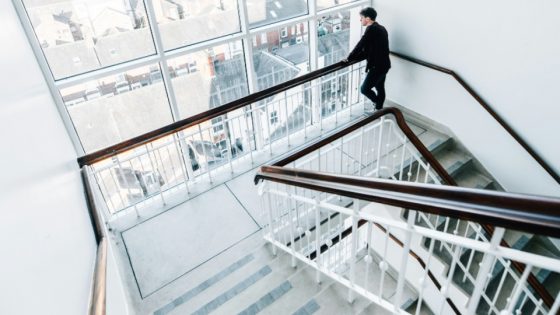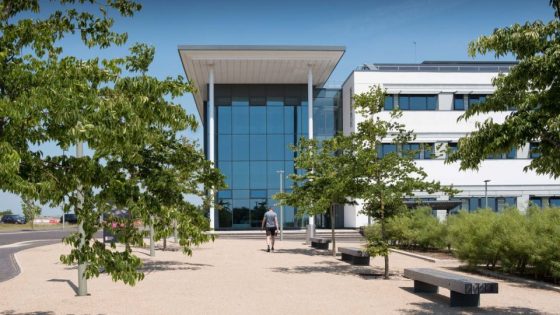Ensuring a safe and functional learning environment for students in the UK’s schools, colleges, and universities requires a well-defined approach to building maintenance. Here we explore the key principles of both planned preventive maintenance (PPM) and reactive maintenance, highlighting their advantages and best practices…
Planned Preventive Maintenance (PPM):
PPM is a proactive approach that prioritizes preventing problems through regular inspections, servicing, and repairs. Key principles include:
- Developing a maintenance plan: This comprehensive plan outlines the types of maintenance required for different building components, including frequency of inspections, service schedules, and responsible personnel.
- Preventative measures: This includes tasks like cleaning gutters, checking fire alarms, and conducting boiler servicing.
- Regular inspections: Conducting routine inspections by qualified personnel helps identify potential issues before they escalate into major problems.
- Record-keeping: Maintaining detailed records of all maintenance activities, including dates, repairs, and costs, aids in future planning and budgeting.
Benefits of PPM:
- Cost-efficiency: Addressing minor issues proactively prevents costly repairs and minimizes downtime.
- Improved safety: Regular maintenance helps ensure the safety of students, staff, and visitors by addressing potential hazards early on.
- Extended lifespan of assets: By taking good care of facilities, schools and institutions can extend the lifespan of buildings and equipment, reducing the need for costly replacements.
- Reduced disruption: Addressing issues proactively minimizes disruptions to daily operations, allowing educational activities to continue uninterrupted.
Reactive Maintenance:
Reactive maintenance involves addressing issues only after they arise, typically due to a breakdown or malfunction. While not ideal, it can be necessary in some situations.
When might reactive maintenance be needed?
- Sudden equipment failure: This includes situations like burst pipes, electrical outages, or heating system breakdowns.
- Accidental damage: Vandalism or unforeseen incidents may necessitate reactive repairs.
- Unforeseen circumstances: Events like extreme weather conditions or natural disasters may require reactive maintenance responses.
While reactive maintenance can be crucial in immediate situations, its limitations are important to recognize:
- Increased costs: Reactive repairs are often more expensive than planned maintenance, as they often involve emergency service calls and addressing larger issues that could have been prevented.
- Safety risks: Delays in addressing problems can pose safety hazards to building occupants.
- Disruption to learning: Reactive maintenance can disrupt daily operations, impacting teaching and learning activities.
Finding the Balance
Striking a balance between planned and reactive maintenance is key. Implementing a robust PPM strategy significantly reduces the need for reactive repairs, leading to a safer, more efficient, and cost-effective learning environment.
Conclusion
By understanding and implementing the principles of both planned and reactive maintenance, schools, colleges, and universities can create safe, well-maintained spaces conducive to learning and growth for students and staff alike. Remember, prevention is always better than cure – investing in PPM reaps long-term benefits for educational institutions, ensuring a positive learning environment for all.
Are you searching for Maintenance solutions for your educational institution? The Education Forum can help!
Photo by Azzedine Rouichi on Unsplash






Leave a Reply